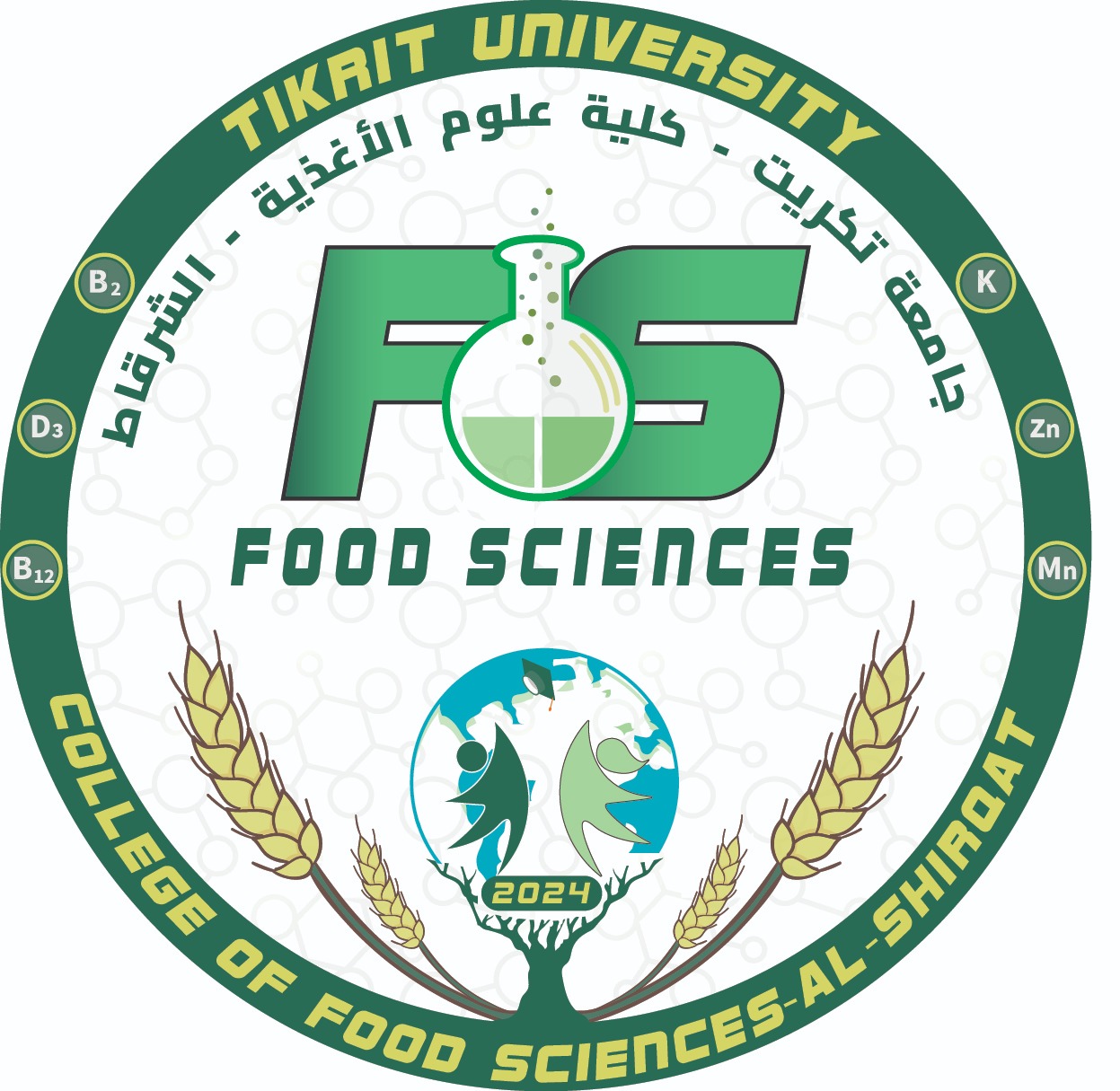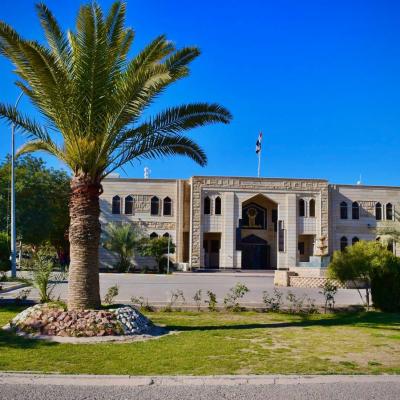
First: The Key Elements in the Logo and Their Academic Meanings:
-
The Abbreviation (FS) with the Chemical Flask:
-
FS: Abbreviation for Food Sciences.
-
Chemical Flask: Symbolizes the scientific and research aspect of food sciences, particularly food chemistry and laboratory analysis.
-
-
Vitamins and Minerals Surrounding It (B₂, D₃, B₁₂, K, Zn, Mn):
-
Represent the essential nutrients found in food that directly affect human health.
-
Reflect the importance of studying nutritional composition and laboratory analysis in this field.
-
-
Paths or Wheat Ears:
-
Symbolize the agricultural source of food and represent the connection between food sciences, agriculture, and sustainable food production.
-
-
Tree Extending to the Globe:
-
Represents life, growth, and sustainability.
-
The extended roots indicate the depth of knowledge, while the branches connecting to the globe suggest the global reach of science and healthy nutrition.
-
-
Globe with Two Human Symbols:
-
Indicates the human dimension of food sciences; that the science aims to improve human health worldwide.
-
The human symbols also signify the integration of nature and humanity in achieving food security.
-
-
The Year (2024):
-
The founding year of the college or the launch of the new logo, giving a temporal identity to the academic institution.
-
-
Molecular Background:
-
Molecular patterns reflect that food sciences are based on biochemistry and food engineering principles.
-
Second: Academic and Design Identity of the Logo
-
Colors:
-
Green: Symbol of growth, health, and agriculture.
-
Golden Yellow: Indicates prosperity and fertility in agricultural production.
-
Light Blue: Represents purity and honest scientific research.
-
-
Harmony:
-
Circular distribution of elements suggests balance and integration in the dietary and health system.
-
-
Arabic and English Languages:
-
Using both languages demonstrates the college’s openness to both local and international dimensions, and its global academic orientation.
-






